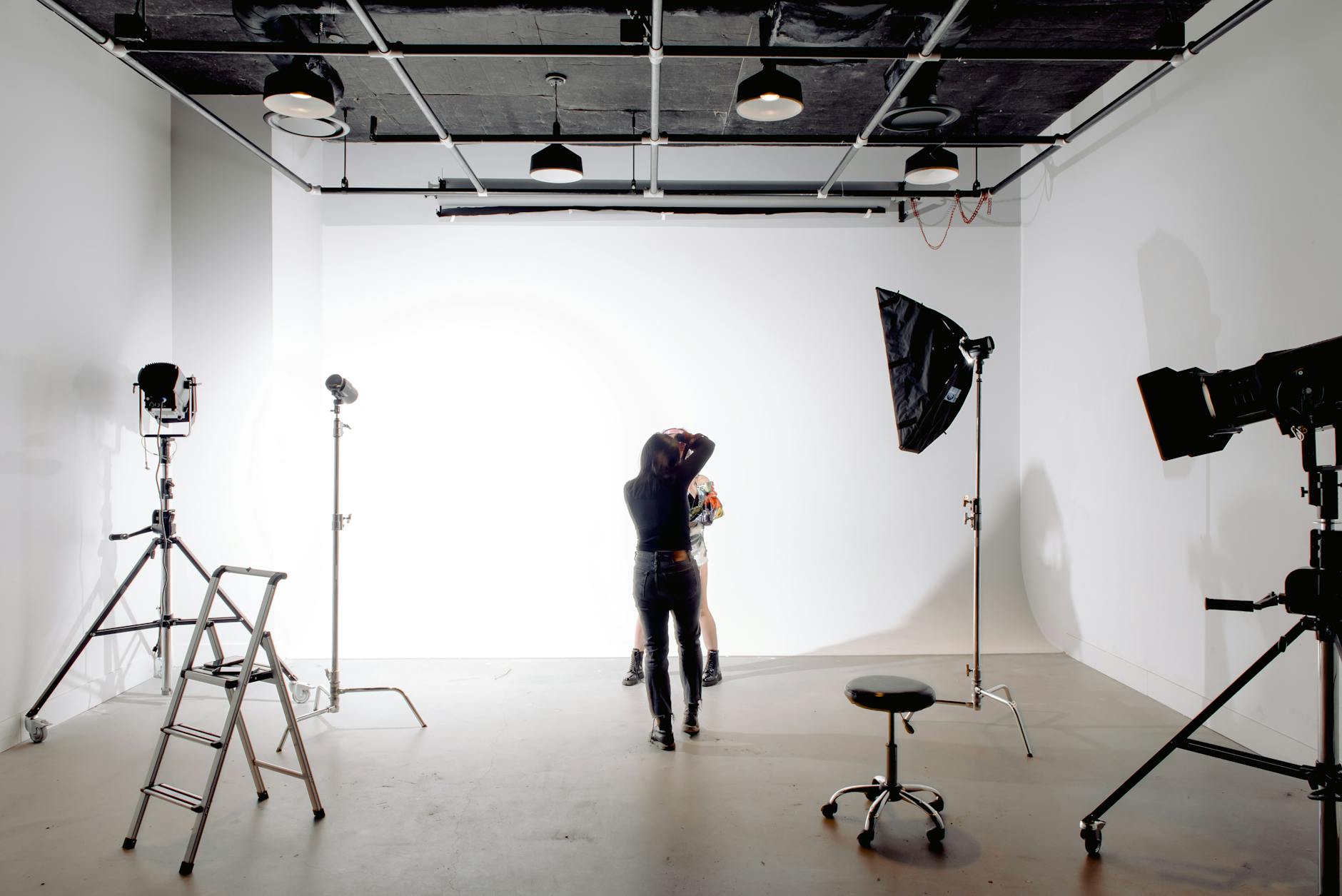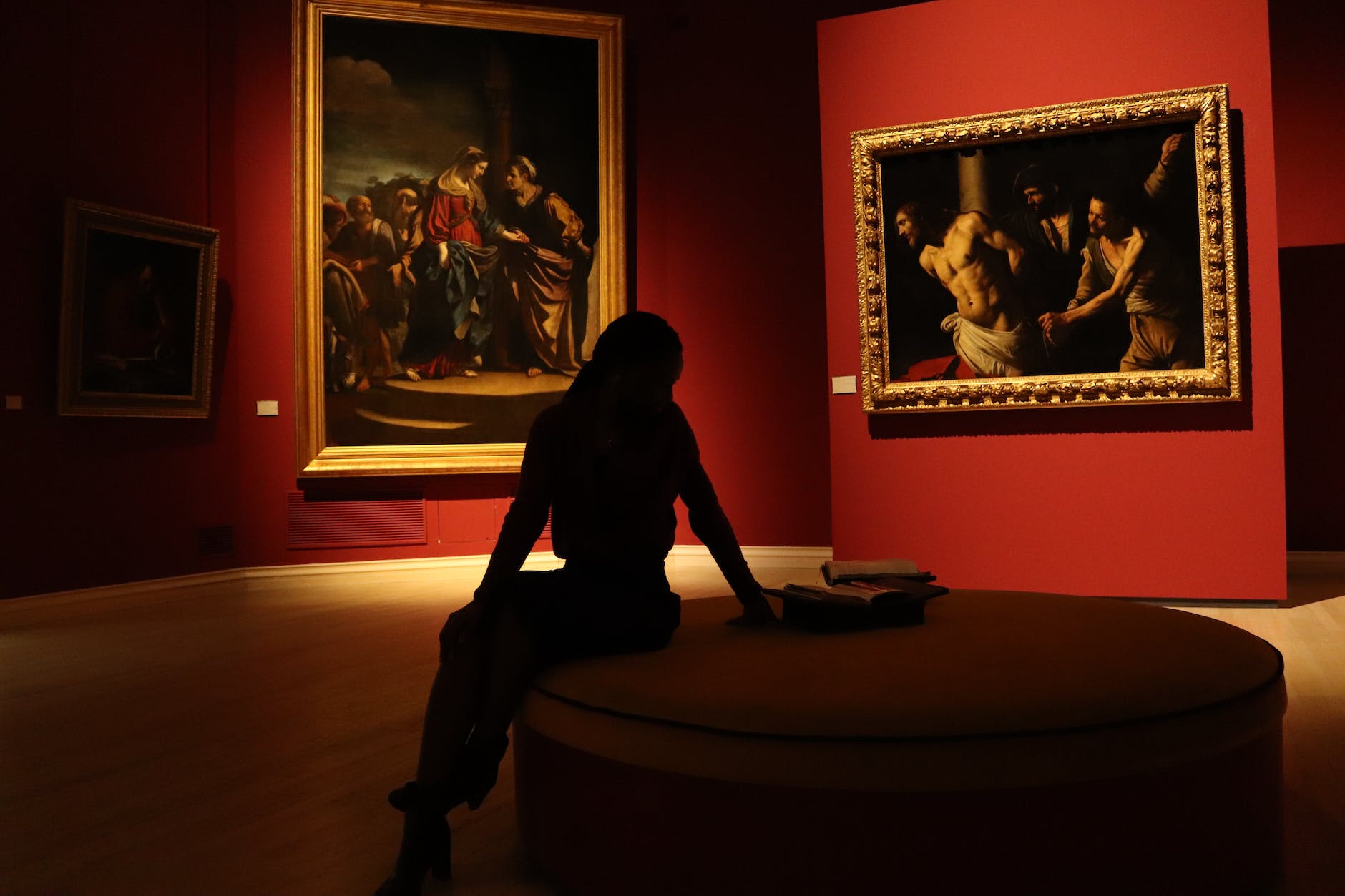If you’ve ever lost yourself in the vibrant swirls and otherworldly designs of a psychedelic piece, you’ve experienced the mind-bending effect of psychedelic art. A prominent trend in contemporary artistic expression, this genre relies heavily on the intensified visual perceptions, enhanced emotional states, and abstract forms often elicited by the use of mind-altering substances.
At the heart of psychedelic art is a desire to articulate and channel transcendent experiences induced by substances like LSD, psilocybin, and mescaline into visual language. This desire is not new. Usage of psychedelic substances and art creating can be traced back to ancient cultures Art & Drugs: A Historical Connection yet this relationship has been particularly notable in the works of many contemporary artists who draw from the depths of their psyche to create visionary artworks.
One of the earliest influencers of psychedelic art was psychologist Timothy Leary. His advocacy for the use of psychedelic substances as tools for personal development and spiritual growth inspired many artists to explore their effects and reflect these experiences in their work. Thus, emerged the artistic interpretation synonymous to what we know today as psychedelic art.
Influences of this genre can be seen in the work of several notable contemporary artists such as Alex Grey, known for his spiritual and psychedelic artworks. From his intricate depictions of the human anatomy to his kaleidoscopic visionary art, Grey’s work is a testament to what psychonaut Terrence McKenna labelled as “the artist’s task”: to save the soul of mankind.
More recently, we’ve seen contemporary ‘pop surrealist’ artists like Mark Ryden, Camille Rose Garcia and Marion Peck incorporate a hallucinogenic, dreamlike aesthetic into their work, their fantastical narratives inspired by the altered perceptions and heightened creativity often experienced under the influence of psychedelics.
Moreover, in contemporary artistic expression, we also find a bridging of technological advances with psychedelic culture. This is evident in the rise of digital art and multimedia installations that replicate hallucinatory or dream-like experiences. Take for example, teamLab’s interactive digital installations that, with their vivid colours and immersive designs, echo the visual depth and sensory engagement of a psychedelic experience.
However, like any other art form, psychedelic art is not confined to the canvas or digital platforms. It also permeates other forms and genres of art like music, films, literature, fashion, and video games. The mesmerizing visuals of the movie “Enter the Void”, the trance-like rhythm of Pink Floyd’s “Dark Side of the Moon”, or even the ornate details on a pair of ‘shroom-inspired sneakers – traces of psychedelic art are everywhere in modern culture.
While the term ‘psychedelic’ often carries connotations of a counterculture or a rebellious, drug-fueled era in the 60s and 70s, the essence of psychedelic art extends beyond such stereotypes. It is more accurately a celebration of heightened awareness, a tribute to the mysteries of our consciousness, and often an articulation of themes related to spirituality, ecological awareness, and universal love. Fundamentally, it magnifies the belief that artistic creativity can be enhanced and deeply affected by altered states of consciousness induced by psychedelic substances.
Psychedelics, once the taboo, have thus found an open embrace in the realms of contemporary art. Emerging research into the therapeutic potentials of these substances are shifting societal attitudes and discourses around them. As our understanding evolves, perhaps so will our appreciation of the art forms they continue to inspire.
Today, psychedelic art remains as daring and forward-thinking as ever, continuing to challenge and expand our notions of reality, our visual perceptions and indeed, our idea of what art can be. As our society continues to navigate this psychedelic renaissance, it will be fascinating to watch how these influences will manifest in the future of contemporary art.
While this symbiotic relationship between mind-altering substances and art can steer contentious debates, one thing is clear – the psychedelic influence has undoubtedly marked its footprint on the panorama of contemporary art, adding yet another layer of complexity to this fascinating discipline.
Sources:
Alex Grey
teamLab
Psychedelic substances and the artist’s task







